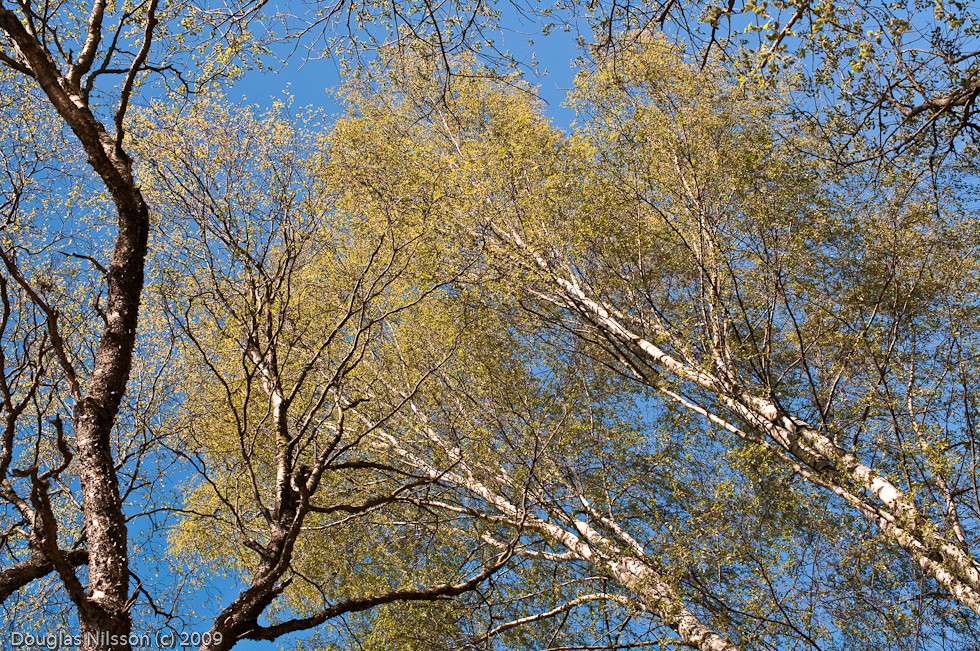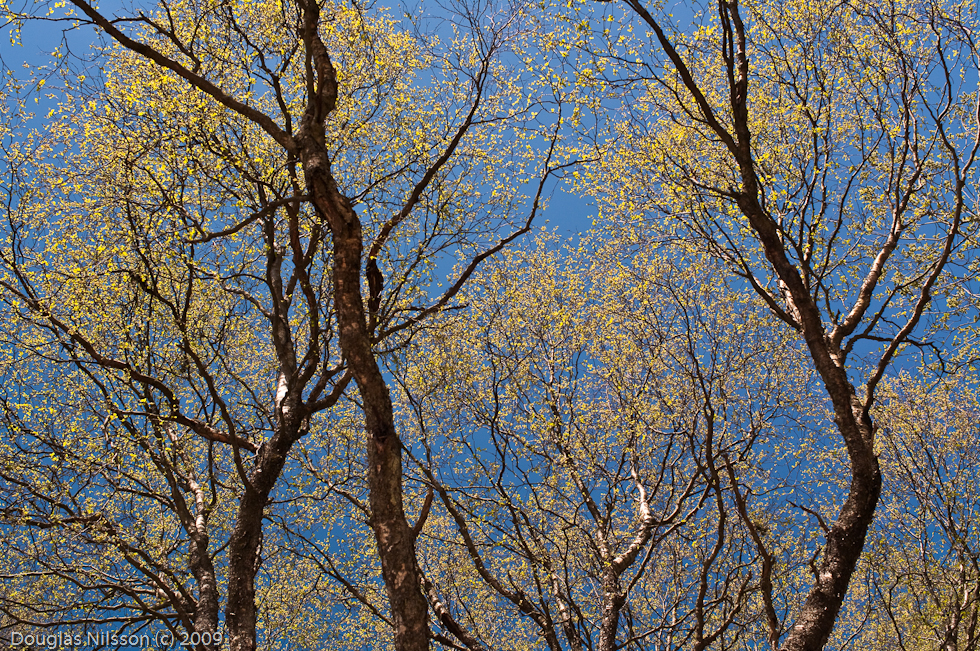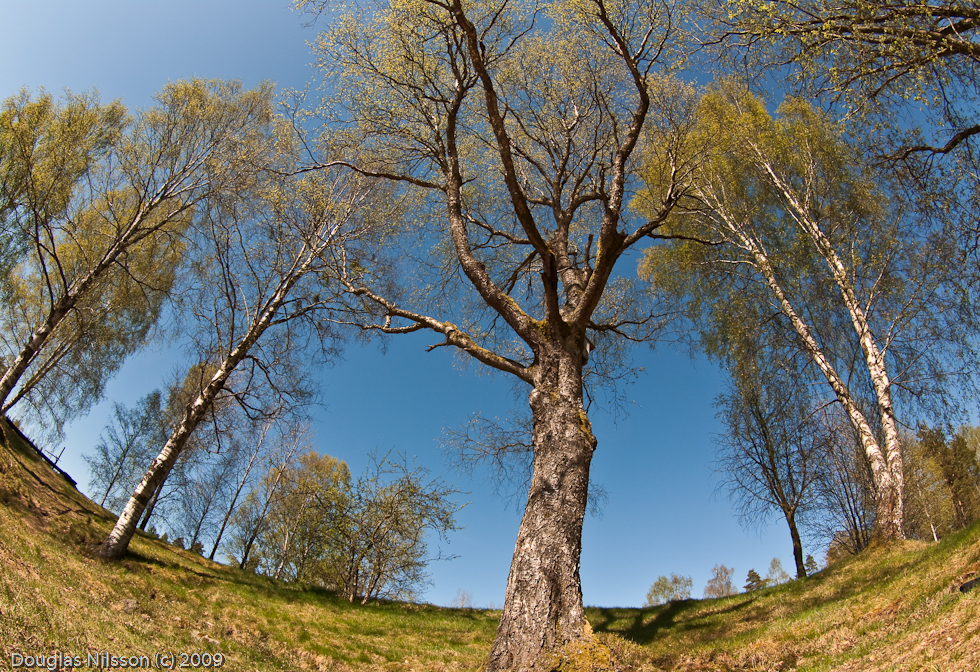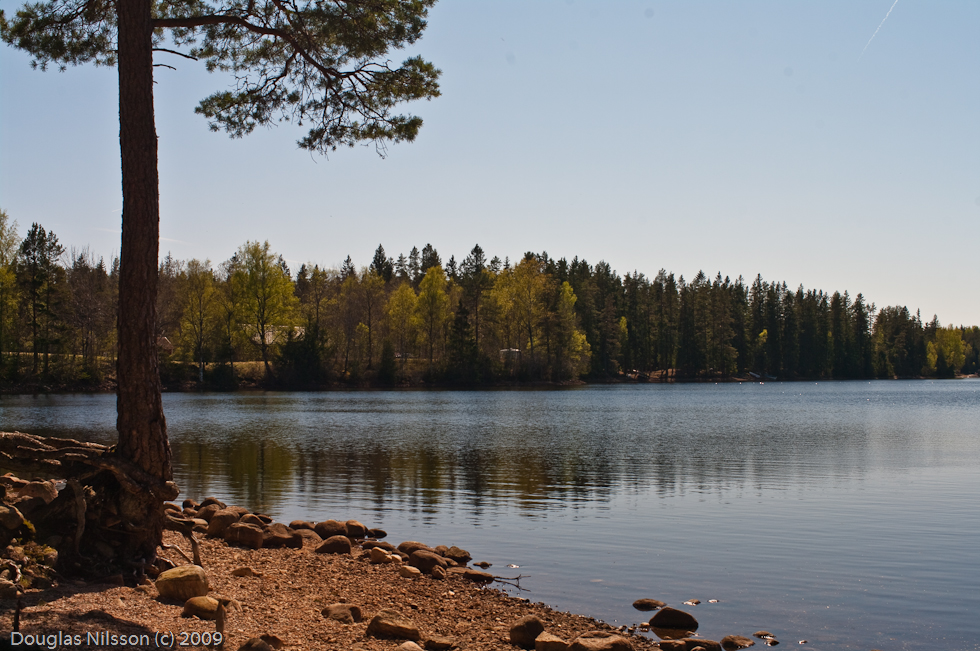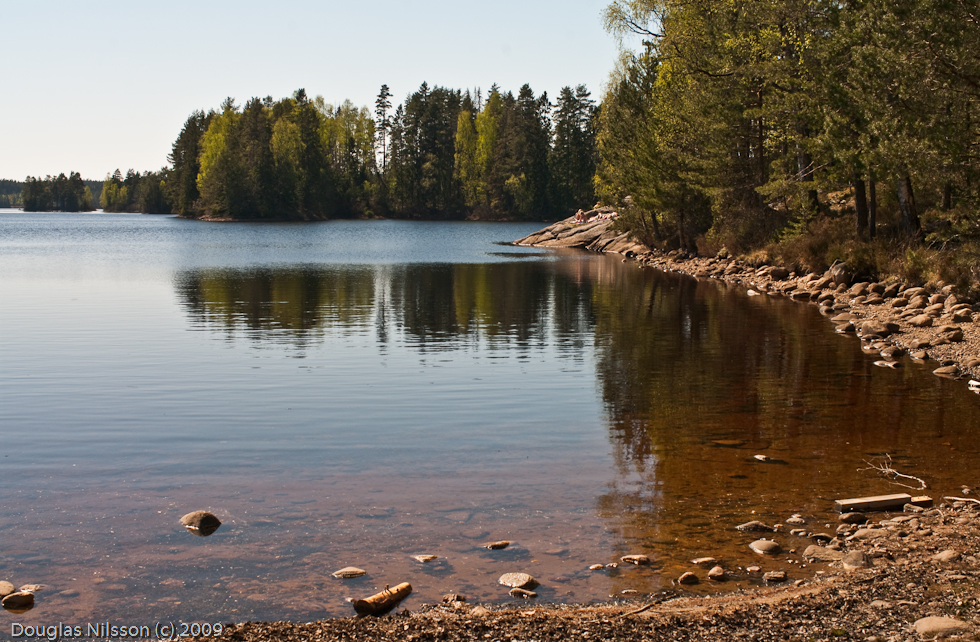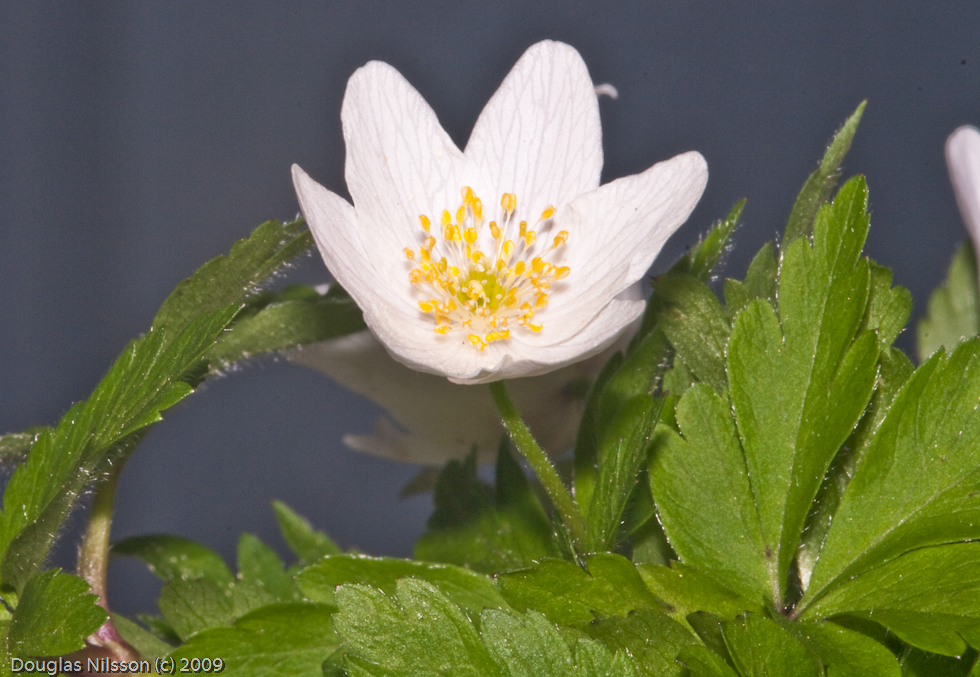Chicago
4 days ago
I present my photographic pictures and write about the subject, cameras, lenses...
I write about what I see through the viewfinder. My subjective view.
 Despite an amazingly long summer, the garden life goes towards autumn, but we still have hower flies and sun flowers. A while ago I played around with the SMC Pentax-DFA 100mm f2.8 macro with converter (for reach), flash with diffuser on the K20D, and I was pleased with the result. Hope you like them too.
Despite an amazingly long summer, the garden life goes towards autumn, but we still have hower flies and sun flowers. A while ago I played around with the SMC Pentax-DFA 100mm f2.8 macro with converter (for reach), flash with diffuser on the K20D, and I was pleased with the result. Hope you like them too.
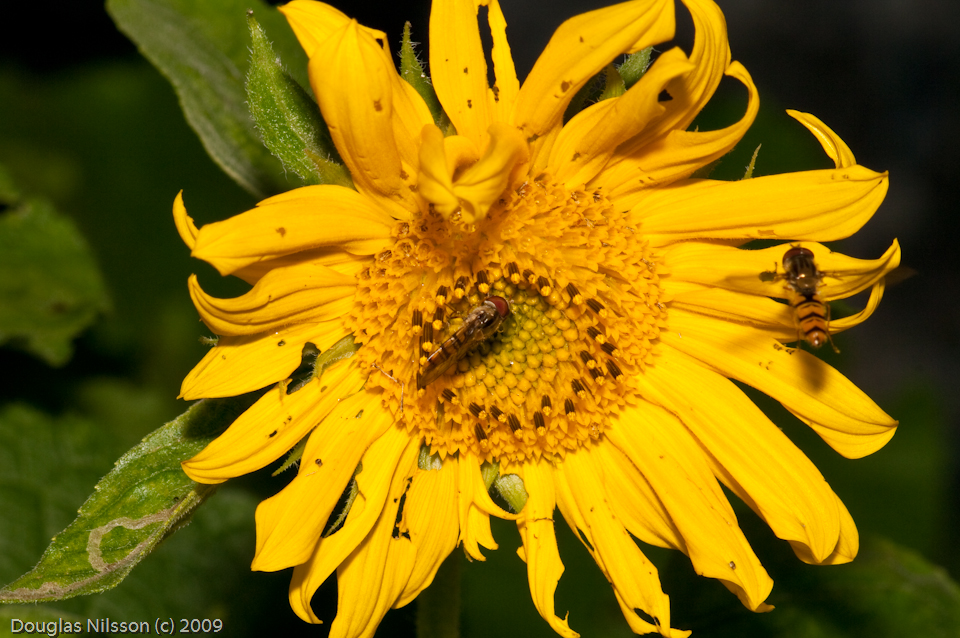
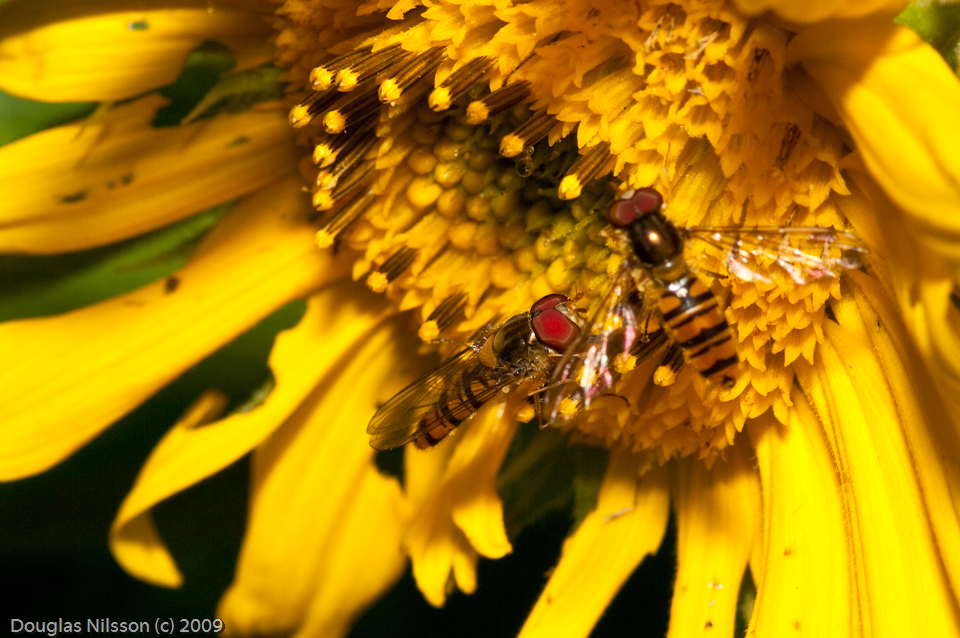
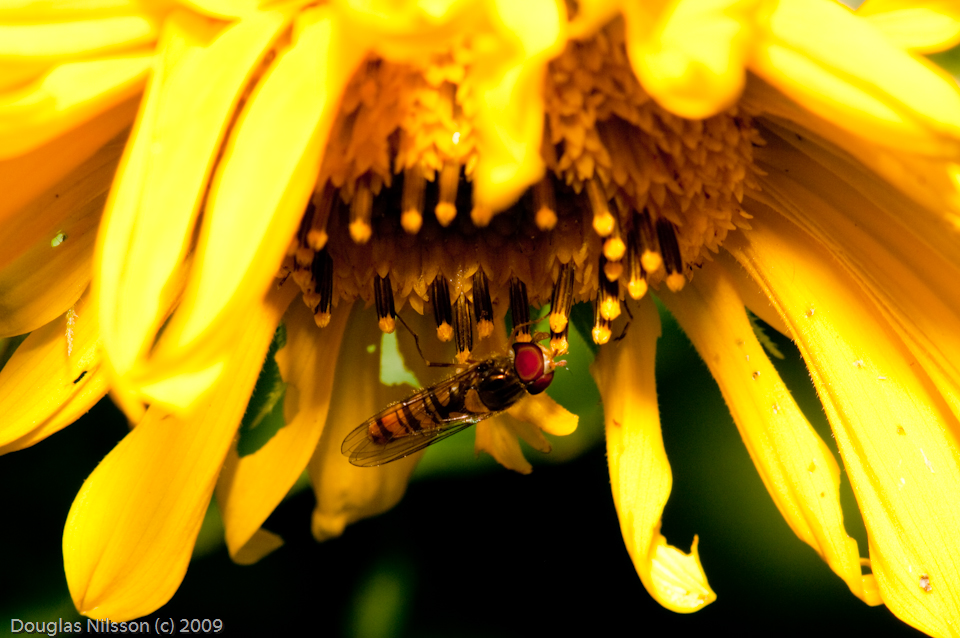
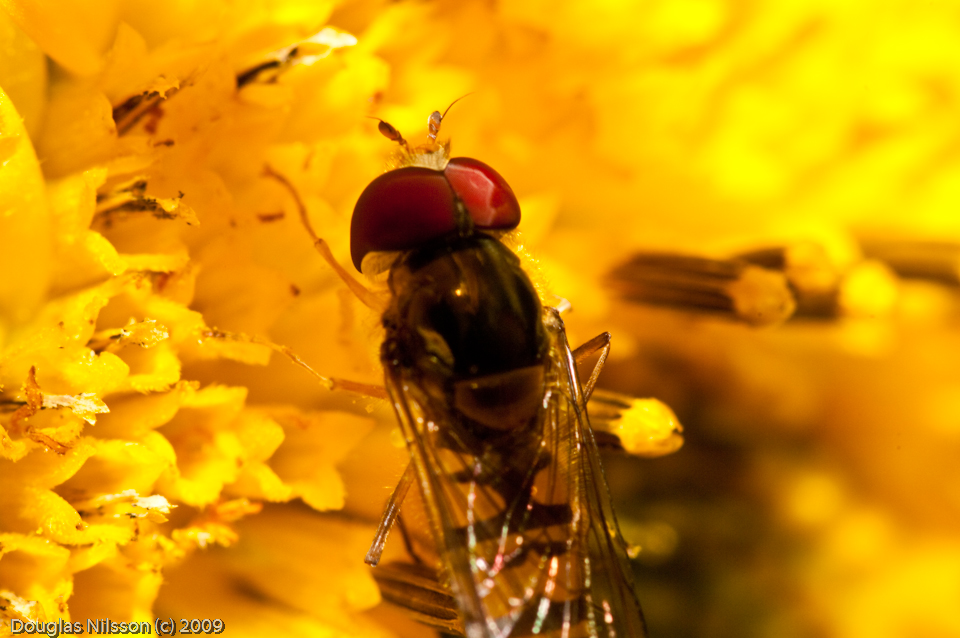

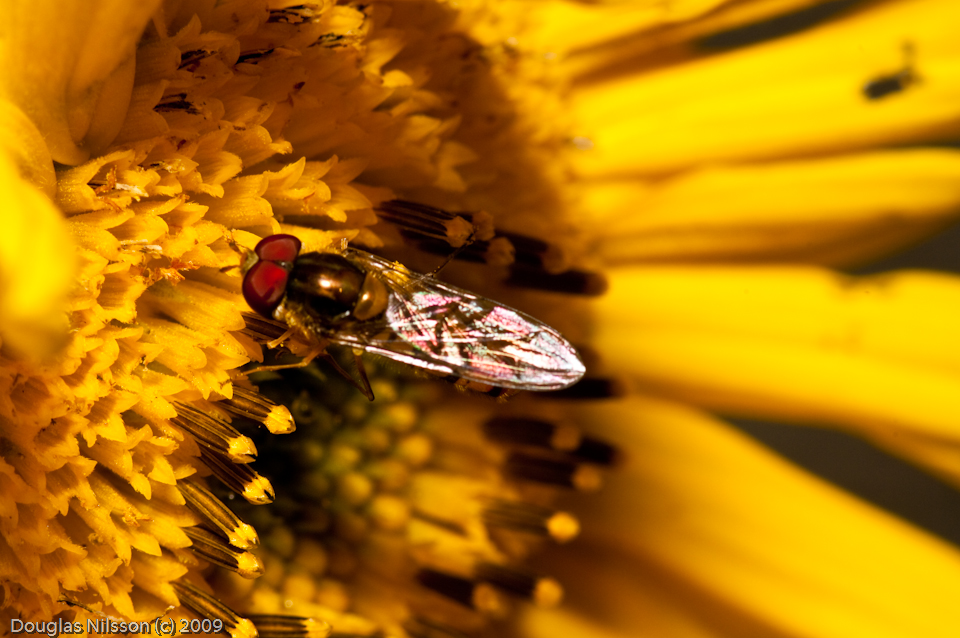
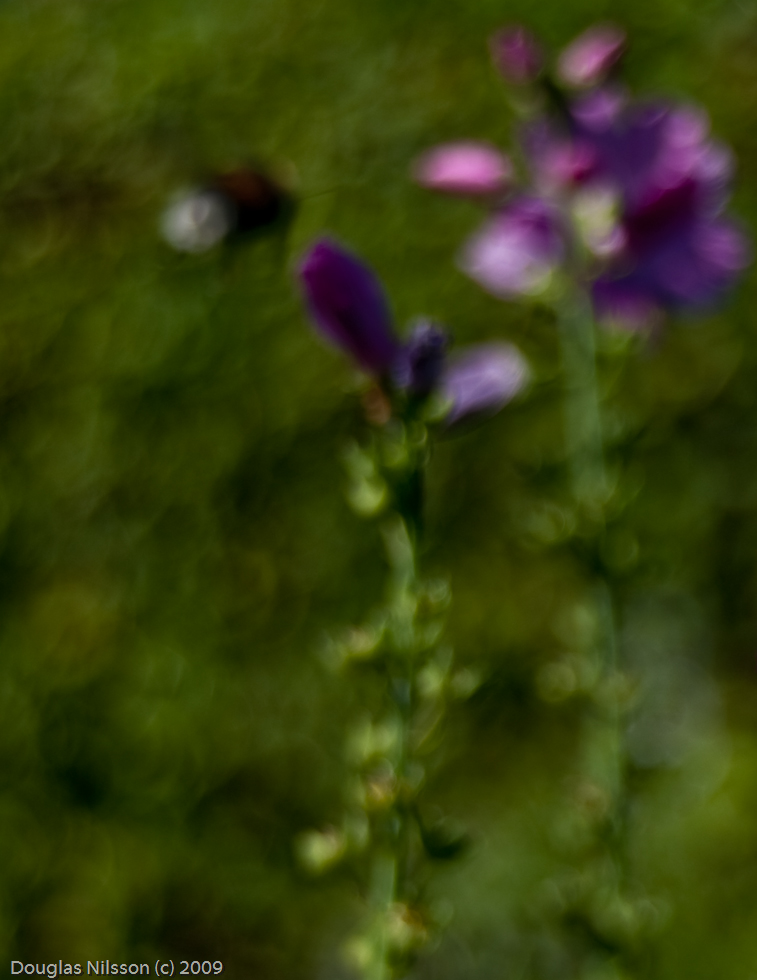
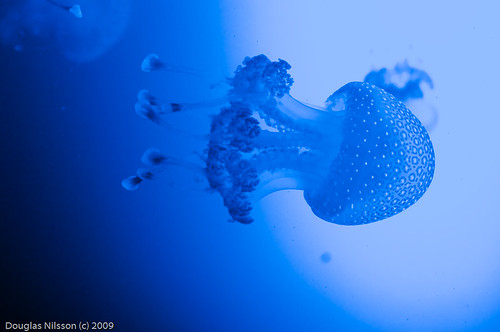

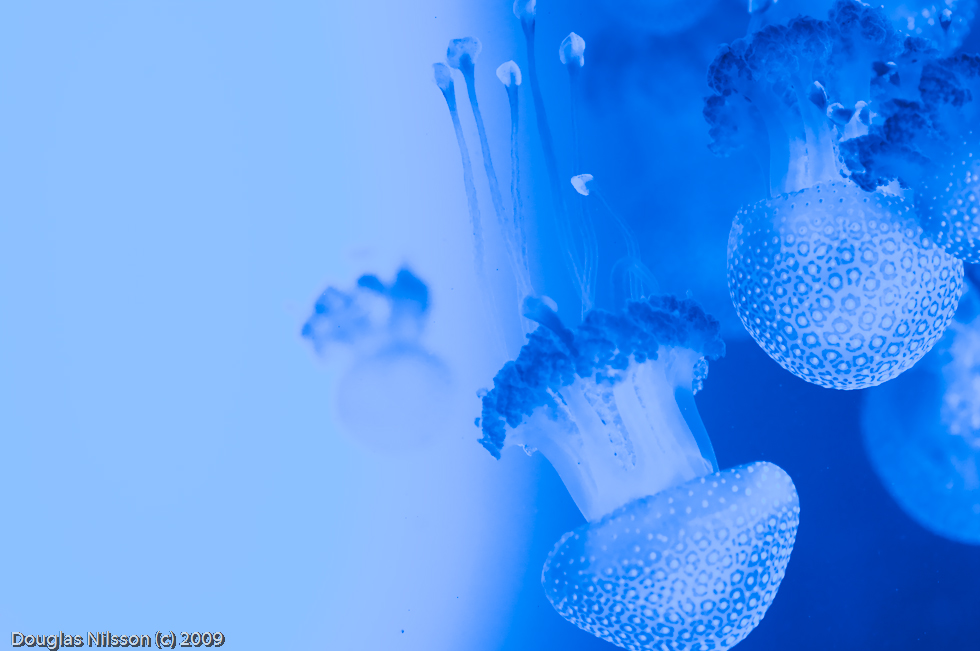


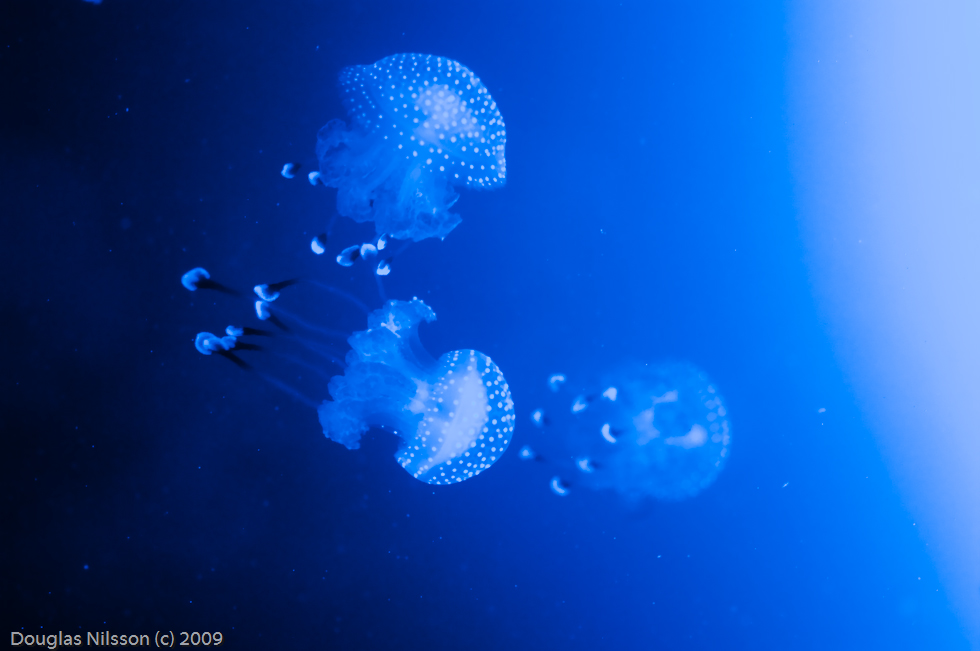
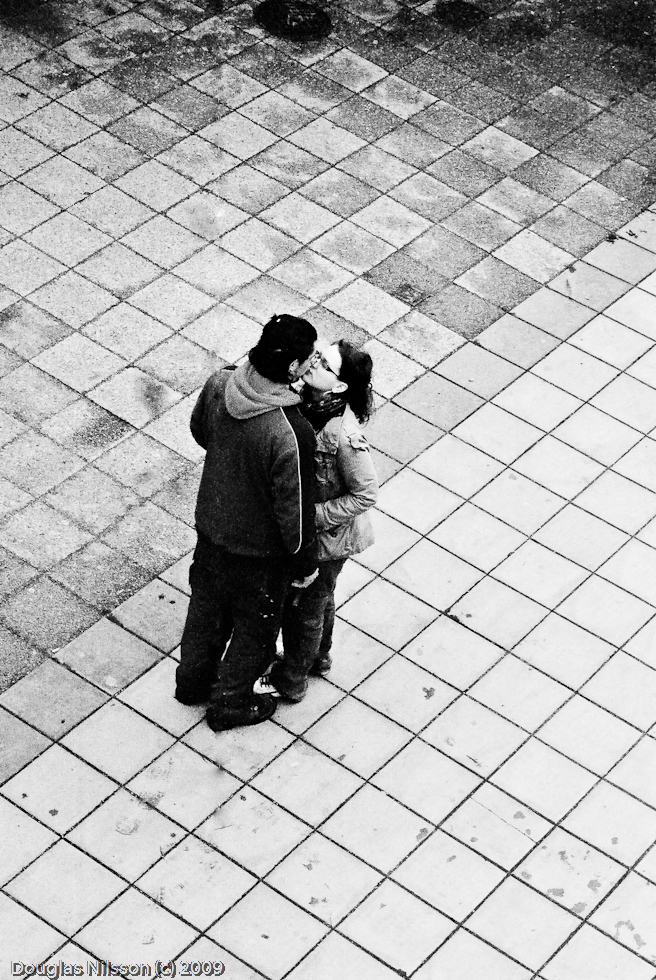 So far one could think from my infrequent blogging here that my main interest is macro photo. On the contrary, what I shoot most is probably people, not bugs. Since my first camera my main subject have been people around me. People I know, people I don't know. Sometimes I ask before I take the picture, have a dialog of sort, get to know the person. Sometimes, it is as much a moment that is the subject as the person, and I take the photo, catch the moment, before it is gone.
So far one could think from my infrequent blogging here that my main interest is macro photo. On the contrary, what I shoot most is probably people, not bugs. Since my first camera my main subject have been people around me. People I know, people I don't know. Sometimes I ask before I take the picture, have a dialog of sort, get to know the person. Sometimes, it is as much a moment that is the subject as the person, and I take the photo, catch the moment, before it is gone.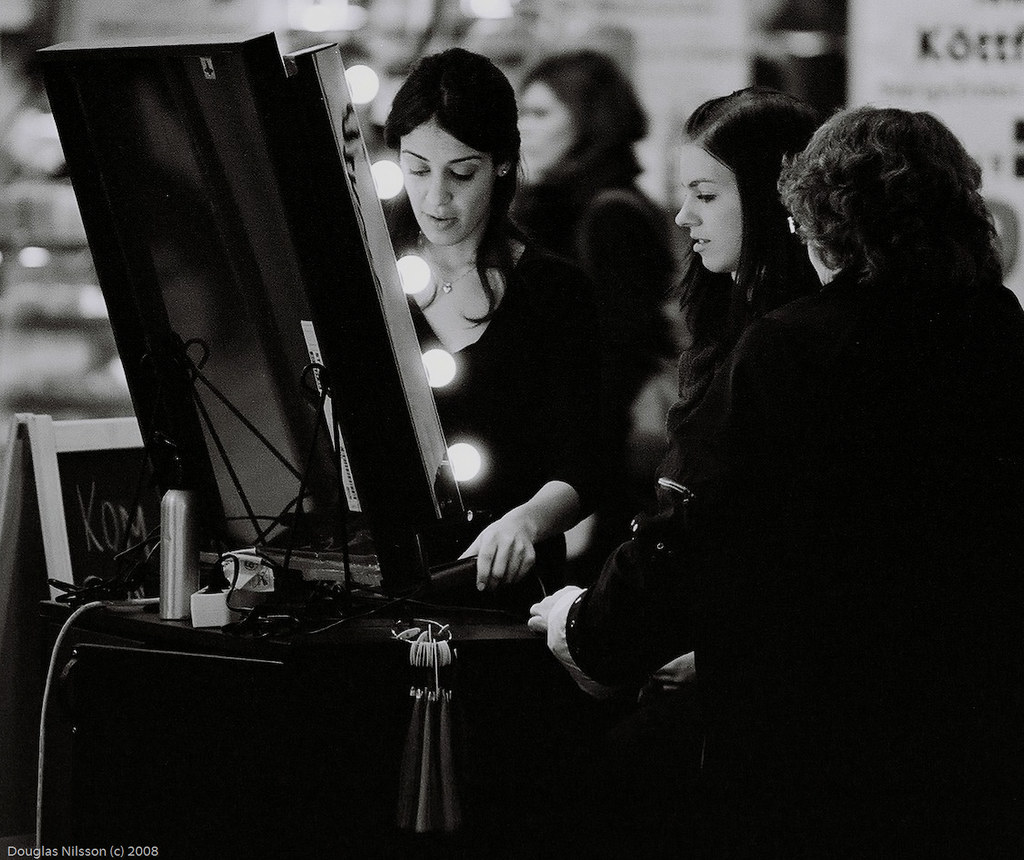
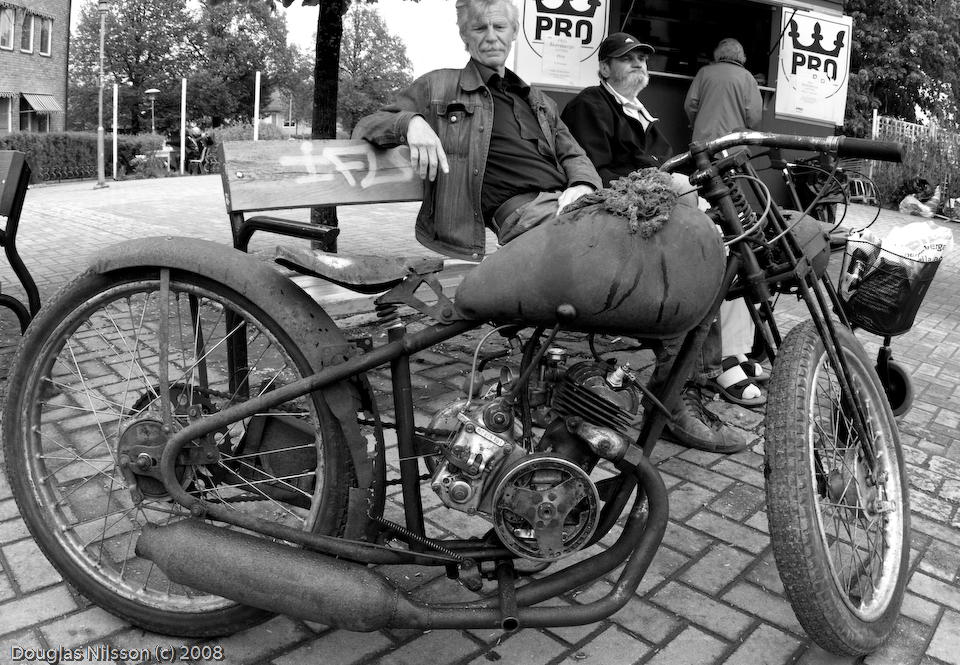

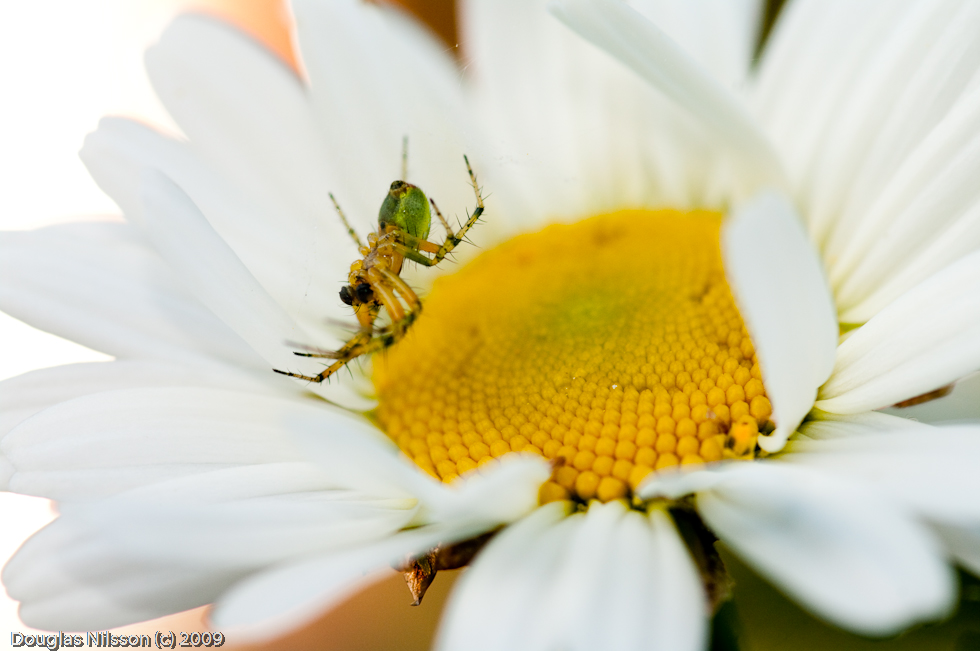
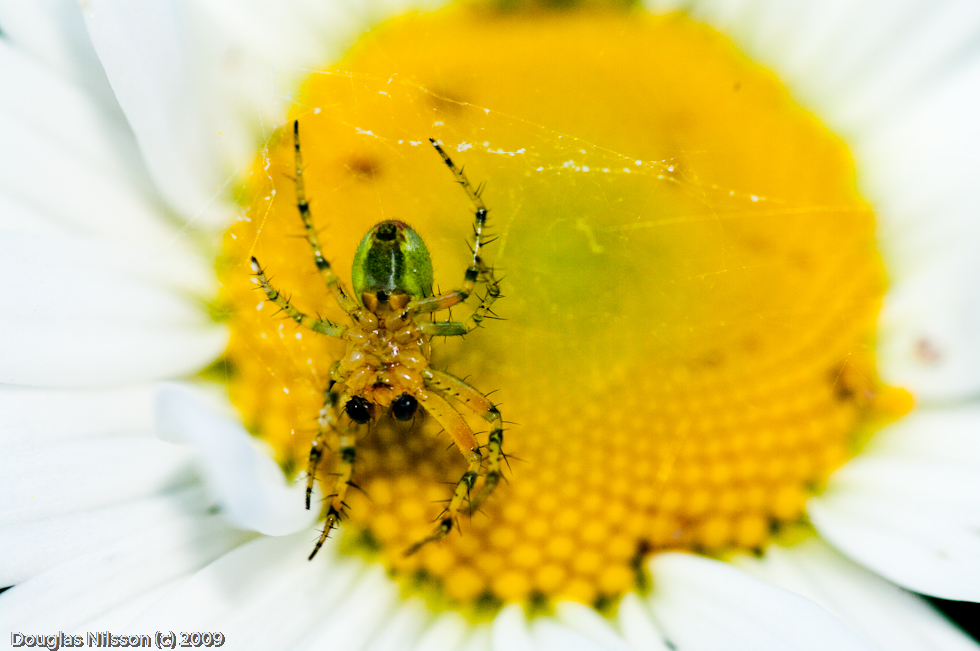
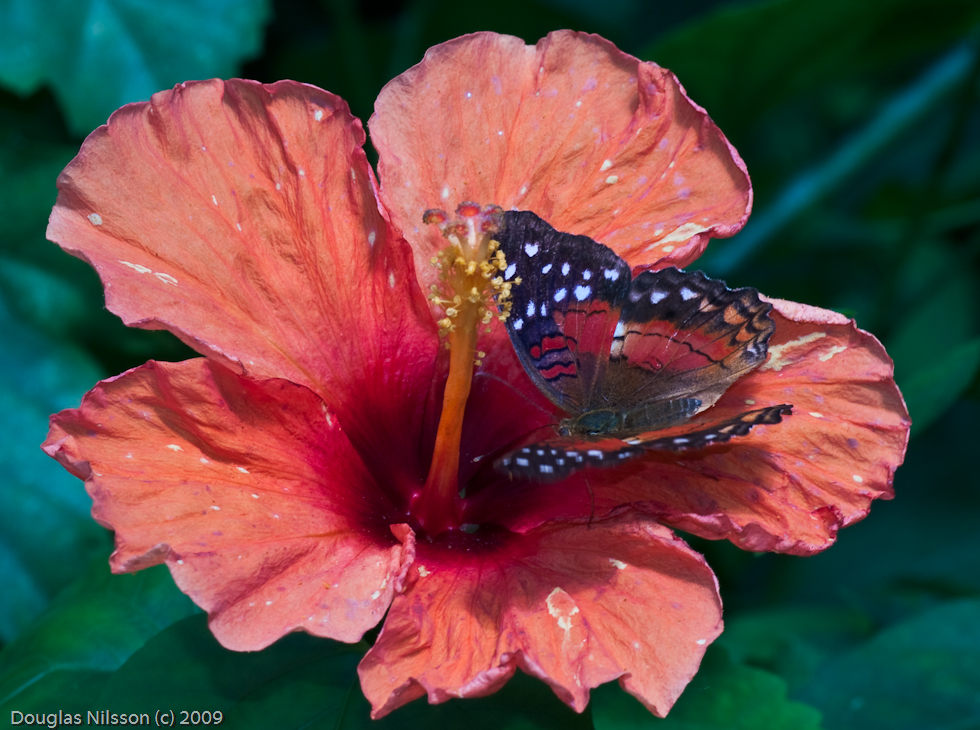
 Butterfly wings have two sides that may look very different.
Butterfly wings have two sides that may look very different.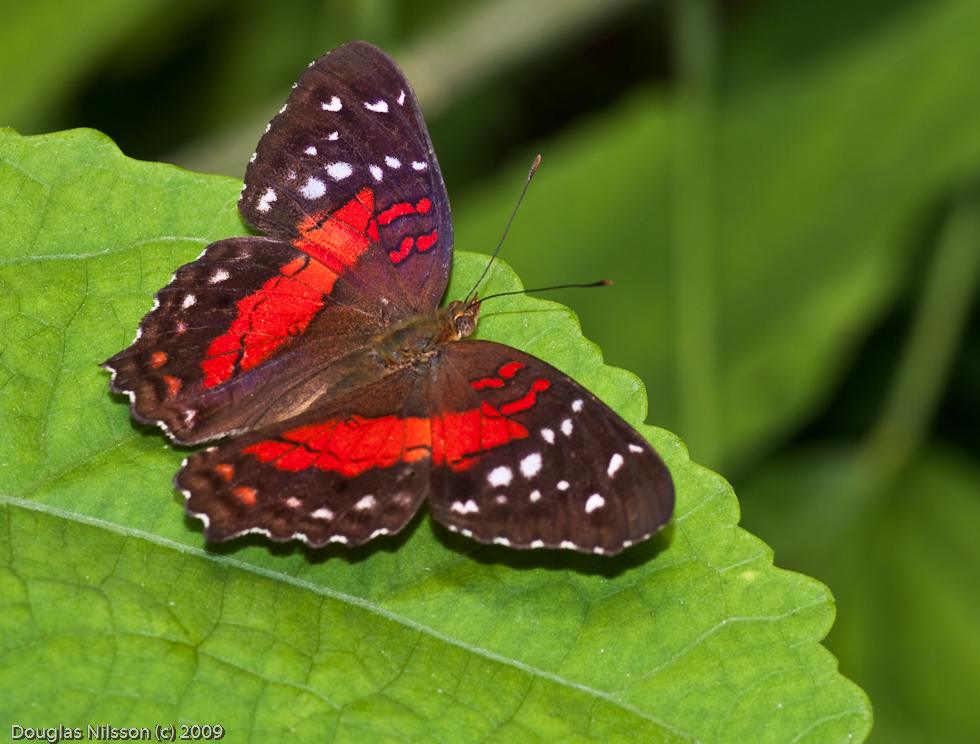 Not so bad...
Not so bad... Quite OK...
Quite OK...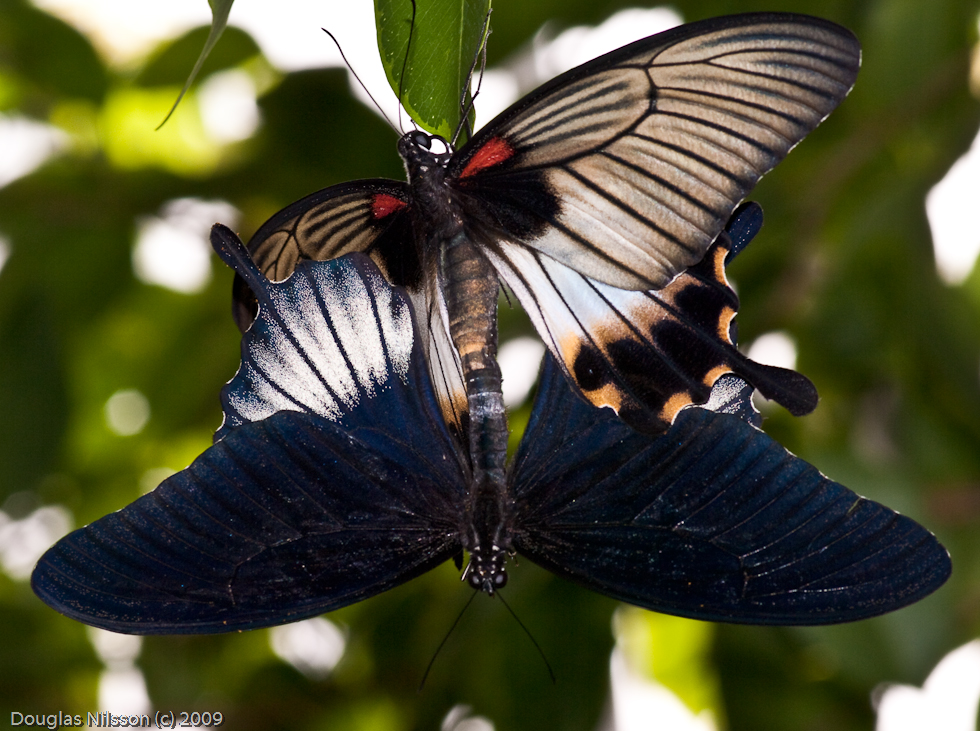 I know, far too busy background, but there were no alternaitve...or were there?
I know, far too busy background, but there were no alternaitve...or were there?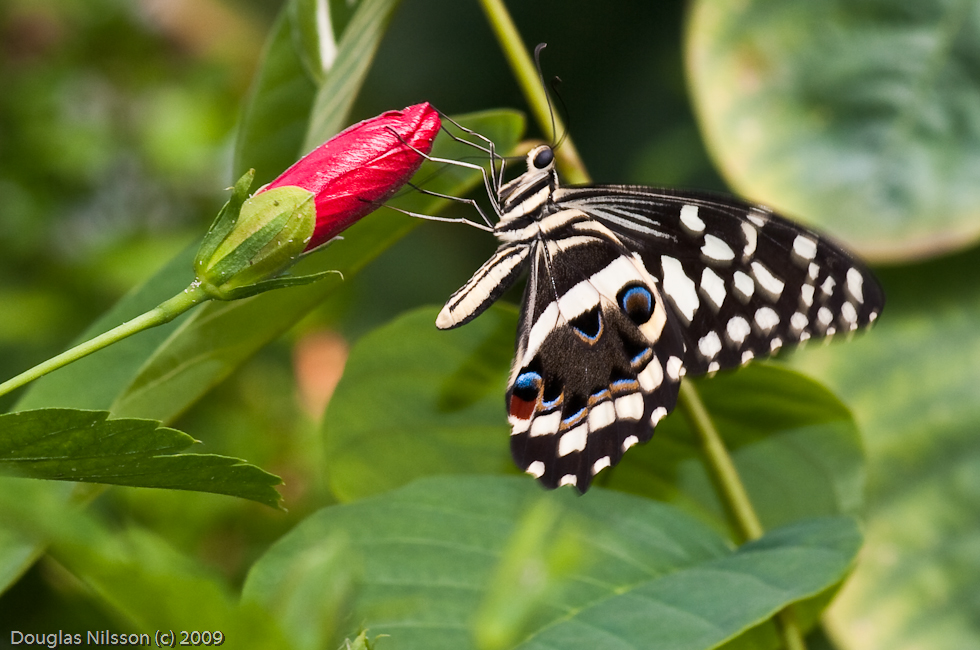 Dam grass straw!
Dam grass straw! I'm often amazed by macro photo's taken by some photographers. What appears most difficult to me is not the technical side: how to get the picture sharp enough, bright enough, with enough DOF etc, but the estetical side: how do you compose a photo in macro, how do you remember to select the background to get a good bokeh, when you are trying to track a non-cooperative bug?
I'm often amazed by macro photo's taken by some photographers. What appears most difficult to me is not the technical side: how to get the picture sharp enough, bright enough, with enough DOF etc, but the estetical side: how do you compose a photo in macro, how do you remember to select the background to get a good bokeh, when you are trying to track a non-cooperative bug?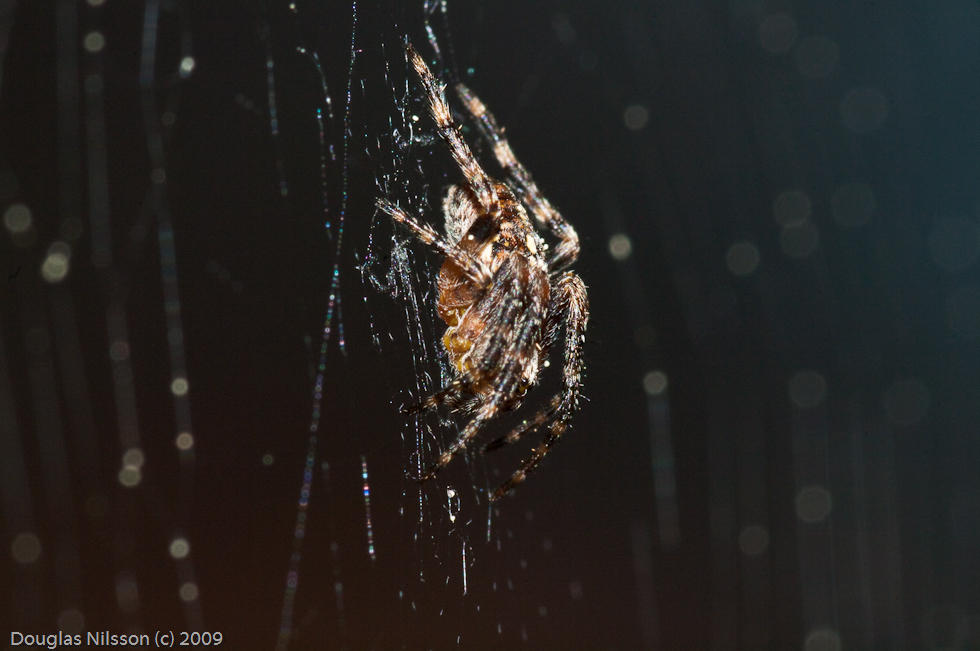
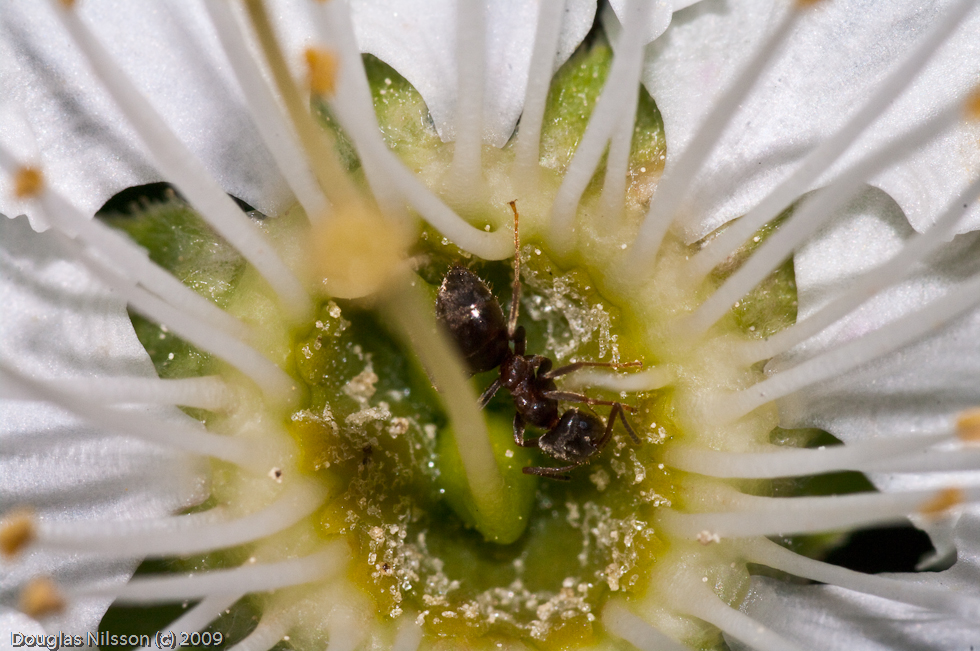
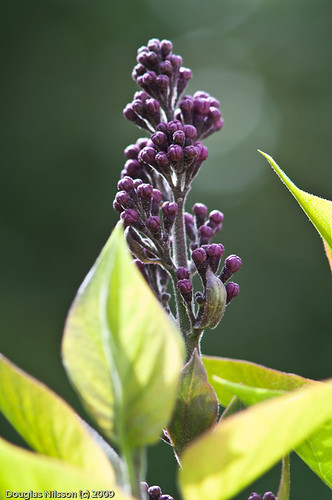 The spring is advancing more every day. Now all trees except the realy old ones have leaves, and more and more flowers for every day. Still very few butterflies.
The spring is advancing more every day. Now all trees except the realy old ones have leaves, and more and more flowers for every day. Still very few butterflies.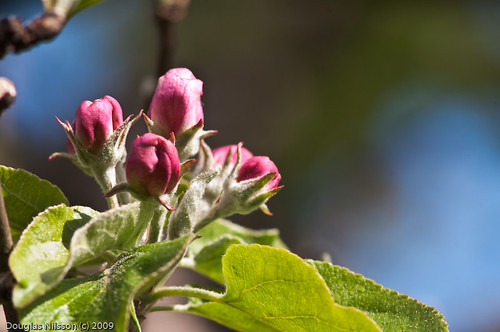

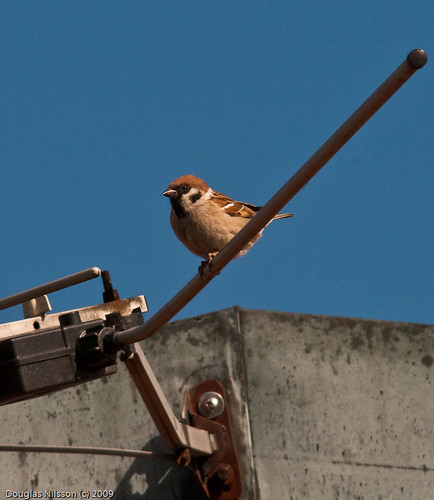


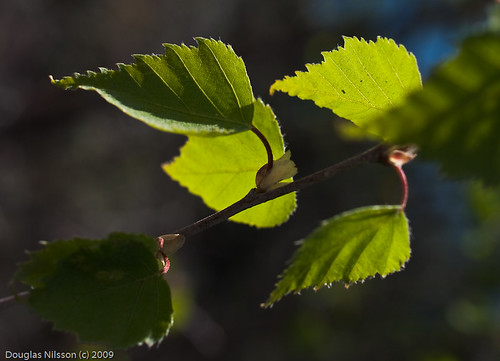 We spent a fantastic weekend with my parents in law. Down there in south-western Sweden spring had come a bit further than here in Stockholm. Many trees, especially the birches, had just got tiny little leafes that were shining in a light green color. While driving down I realised that it gives the landscape a character similar to that in the autumn when the leafes go yellow. The contrast between the coniferous and deciduous portions of the forest are larger than in the middle of the summar season.
We spent a fantastic weekend with my parents in law. Down there in south-western Sweden spring had come a bit further than here in Stockholm. Many trees, especially the birches, had just got tiny little leafes that were shining in a light green color. While driving down I realised that it gives the landscape a character similar to that in the autumn when the leafes go yellow. The contrast between the coniferous and deciduous portions of the forest are larger than in the middle of the summar season.